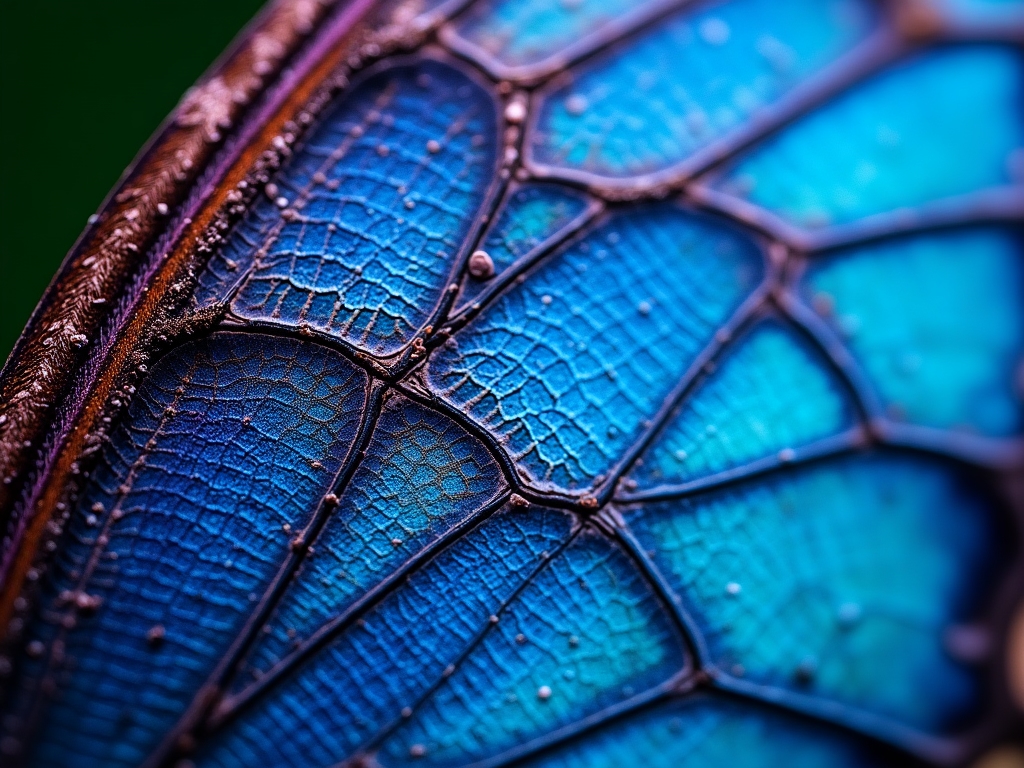Tropical butterflies represent some of the most spectacular examples of nature's artistry. With their vibrant colors, intricate patterns, and remarkable adaptations, these insects have captivated scientists and nature enthusiasts for centuries. In this introductory article, we'll explore what makes tropical butterflies unique, their life cycle, ecological importance, and the challenges they face in today's changing world.
What Makes Tropical Butterflies Special?
Tropical regions are home to approximately 90% of the world's butterfly species. This incredible biodiversity is due to several factors: stable year-round temperatures, abundant plant resources, and millions of years of evolution in these complex ecosystems. Compared to their temperate counterparts, tropical butterflies often display more vibrant coloration, larger sizes, and more complex wing patterns.
The Blue Morpho (Morpho peleides) of Central and South America, for example, possesses wings that shine with an iridescent blue that isn't produced by pigment but by the microscopic structure of its wing scales that reflect light in a phenomenon called structural coloration. The Atlas Moth (Attacus atlas) of Southeast Asia can have a wingspan of up to 12 inches, making it one of the largest lepidopterans in the world.
The Butterfly Life Cycle in Tropical Environments
Like all butterflies, tropical species undergo complete metamorphosis with four distinct stages: egg, larva (caterpillar), pupa (chrysalis), and adult (butterfly). However, tropical species often have unique adaptations in their life cycles. Many tropical butterflies can produce multiple generations throughout the year, unlike temperate species that might have just one or two annual generations.
The caterpillars of tropical butterflies have evolved fascinating defensive strategies against the numerous predators in these biodiverse regions. Some develop toxic compounds from their host plants, making them unpalatable. Others mimic dangerous creatures like snakes, or develop elaborate camouflage to blend with their surroundings.
Ecological Roles and Importance
Butterflies play crucial ecological roles in tropical ecosystems. As pollinators, they help maintain plant diversity by transferring pollen between flowers as they feed on nectar. Their caterpillars are important herbivores, controlling plant growth while serving as food for birds, reptiles, and other predators. This positions butterflies as key indicators of ecosystem health—when butterfly populations decline, it often signals broader environmental issues.
The relationship between butterflies and plants is particularly fascinating. Many tropical butterfly species have co-evolved with specific plant species, creating intricate dependencies. For example, Heliconius butterflies have evolved to recognize and lay eggs only on passion flower vines (Passiflora), while the vines have developed numerous adaptations to deter these specialized herbivores.
Challenges and Conservation
Despite their adaptability, tropical butterflies face mounting threats from habitat destruction, climate change, and pesticide use. Rainforest clearing for agriculture, logging, and urban development has dramatically reduced butterfly habitat across the tropics. Climate change alters temperature and precipitation patterns, disrupting the delicate timing between butterfly life cycles and the availability of their host plants.
Conservation efforts include habitat preservation, butterfly farming to reduce pressure on wild populations, and educational initiatives to increase public awareness about these remarkable insects and their ecological importance. By understanding and appreciating tropical butterflies, we take the first step toward ensuring their survival for future generations.
